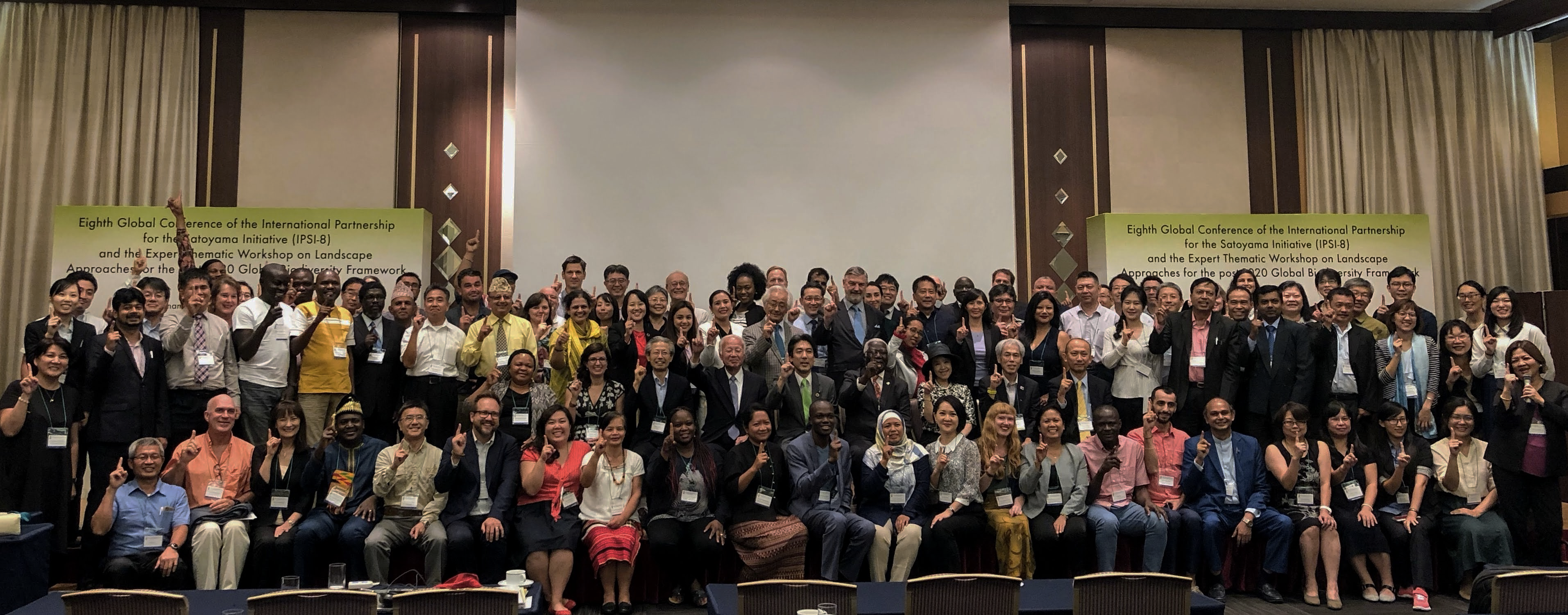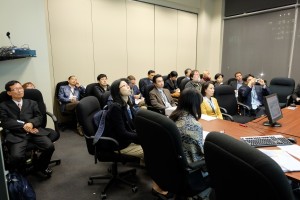A side event entitled “An Indicators Approach to Understanding Resilience of Socio-ecological Production Landscapes and Seascapes: a Community-level Perspective” was held in Montreal, Canada on 15 October 2013 during the Seventeenth Meeting of the Subsidiary Body on Scientific, Technical and Technological Advice (SBSTTA 17) of the Convention on Biological Diversity (CBD).
An indicator approach has become increasingly used to monitor progress towards achieving specific goals and targets identified in the Convention on Biological Diversity and other relevant international agreements. The side event highlighted a set of indicators developed by the United Nations University Institute of Advanced Studies (UNU-IAS) and Bioversity International to measure various aspects of resilience in socio-ecological production landscapes and seascapes (SEPLS) at the local level. It also introduced an effort to assess biodiversity at the national level and explored how different types of indicators and assessments can complement each other towards the achievement of the Aichi Biodiversity Targets and the implementation of the ecosystem approach at various scales.
An introductory presentation was given by Mr. Wataru Suzuki (IPSI Secretariat, UNU-IAS) who addressed the concept of SEPLS, the International Partnership for the Satoyama Initiative (IPSI) and its primary activities, indicators, and initial efforts for development of the indicator publications. Ms. Sana Okayasu (Institute for Global Environmental Strategies; IGES) outlined the contents of the indicator toolkit for resilience of SEPLS and its applicability and usefulness. Mr. Naohisa Okuda (Ministry of the Environment of Japan) introduced the Ministry’s experience with the National Biodiversity Strategies and Action Plans (NBSAPs) in relation to indicators for resilience as an example of indicator application at the national level.
Discussion was facilitated by Prof. Alfred Oteng-Yeboah (Chair of Ghana National Biodiversity Committee). Mr. David Duthie of the CBD Secretariat pointed out that this indicator can be linked to 12 Aichi Biodiversity Targets, which can be both a merit and a challenge as the measurement issue is always difficult to deal with. Also, he mentioned that as SEPLS are found all around the world, these indicators can be a useful tool applicable in many different areas.
The participants were strongly engaged in the discussion, and several important issues were raised, such as whether the right values and the right scale are the most important factors in seeing tangible outcomes, communication mechanisms with the community, and application to tsunami-affected areas. It was noted how important it is to take note that all of these suggestions will contribute to improving the ongoing indicator project while developing a toolkit and updating the indicators based on testing in various ecosystems around the world.
Download
Introduction: Indicator approach to understanding resilience of SEPLS





